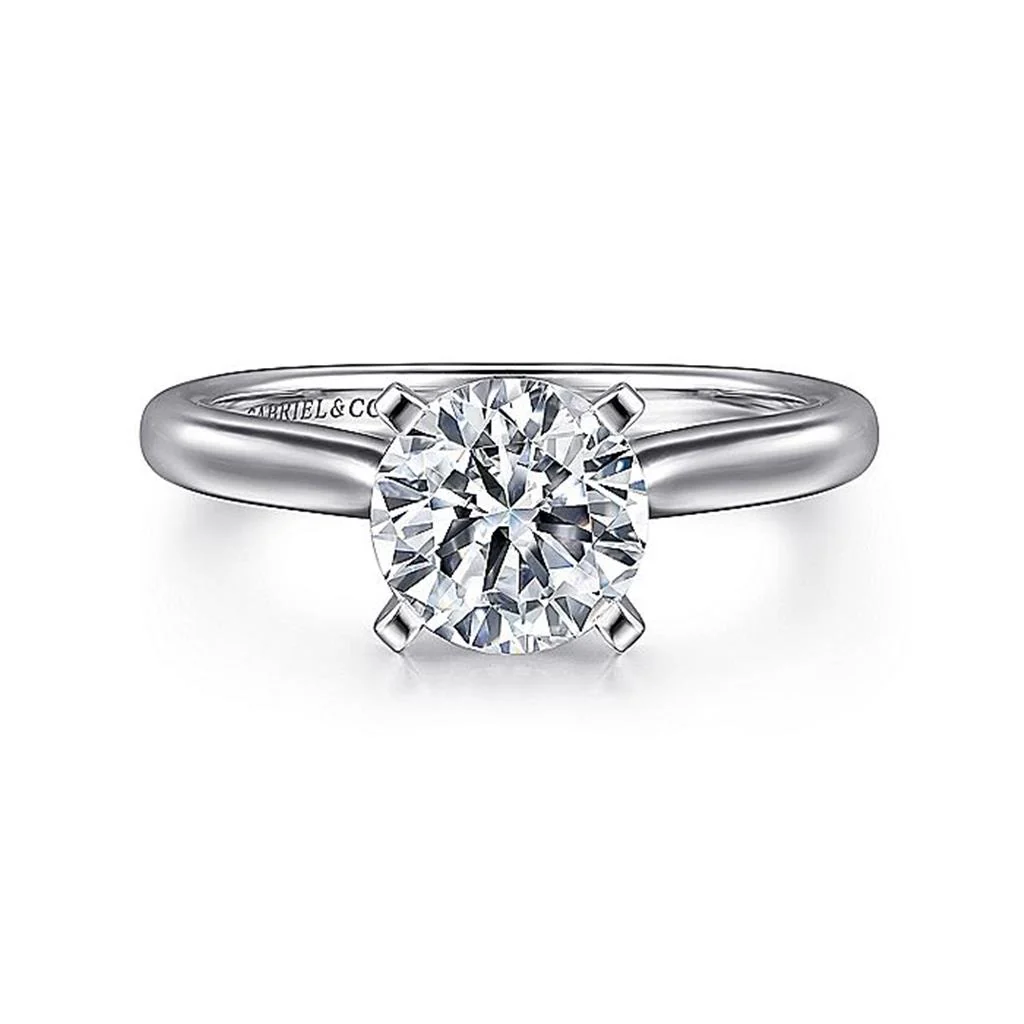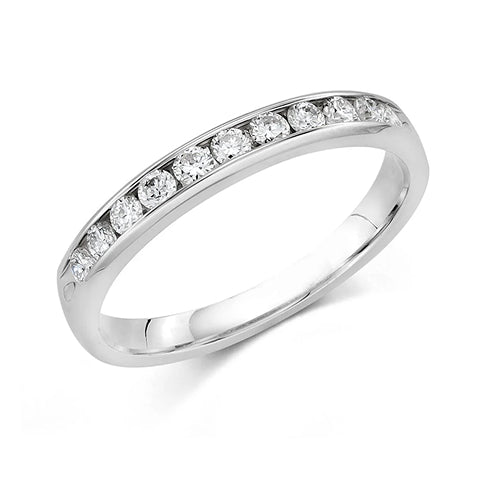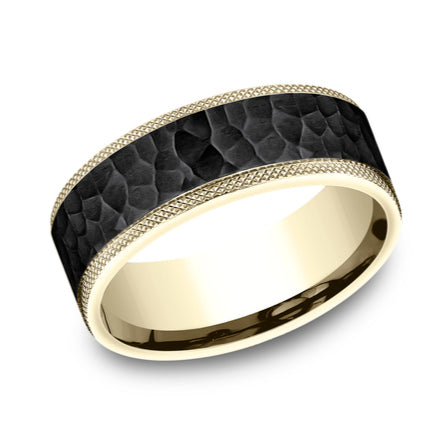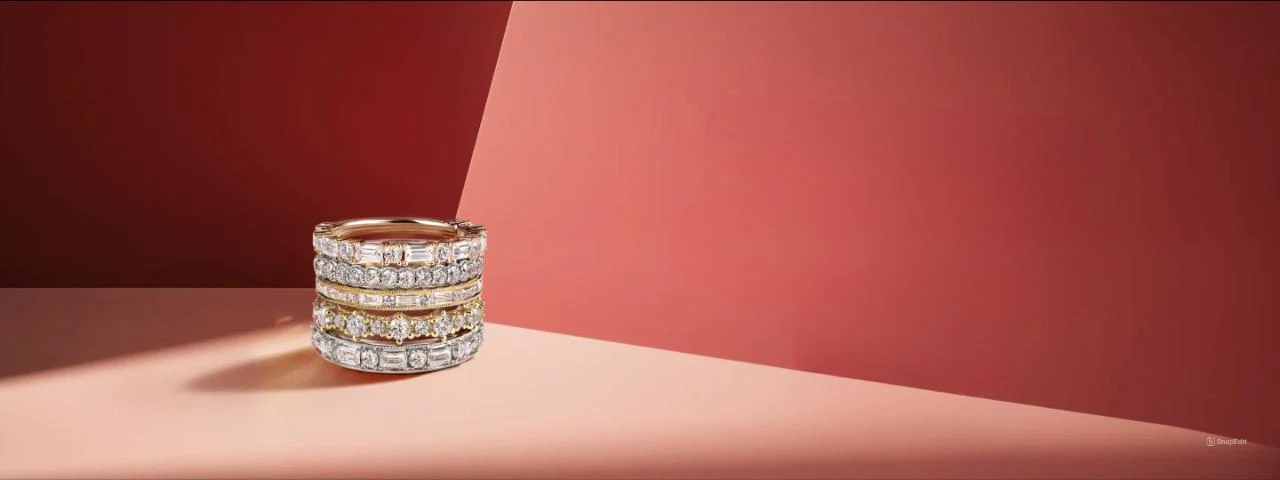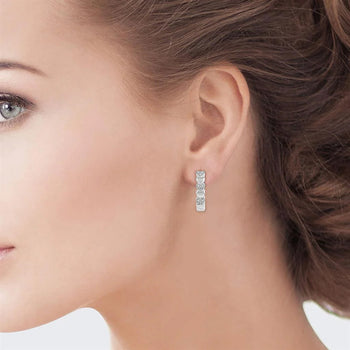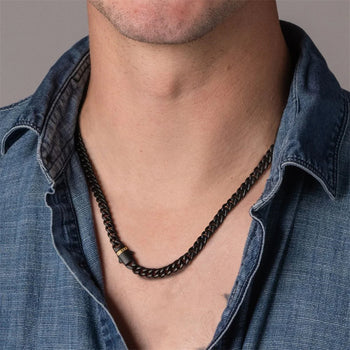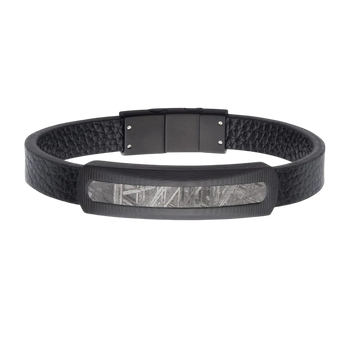
How Many Types of Pearls Are There?
Despite the common cultural perception of the creamy white, perfectly spherical pearl, there are many types of pearls. In fact, pearls can vary considerably in color, shape, and size. A high degree of diversity makes these organic gems great for all types of jewelry, including rings, earrings, pendants, necklaces, and bracelets. Here’s an overview of the types of pearls to help you pick one for your next piece of gemstone jewelry.
The types of pearls cultured to create unique organic gemstones include:
· Twin Pearls: Two pearls fused together, which may be symmetrical or mismatched. They’re often used for stud earrings.
· Coin Pearls: Are flat and round with a smooth, reflective surface; may be used in earrings, necklaces, and bracelets.
· Heart Pearls: Are flat and reflective, like coin pearls, but are formed into the shape of a heart; these are often preferred for romantically themed jewelry.
· Rice Pearls: Lack the spherical dimensions associated with pearls and are usually small and rounded in shape.
· Egg Pearls: Have an eggshell-like shape; they’re bottom-heavy structure makes these pearls suited for hanging jewelry.
· Keshi Pearls: Form when part of the seed is rejected but the pearl continues to develop into an elongated nacre.
As you can see, there are many types of pearls to choose from, depending on the type of jewelry, desired size and color, or what most appeals to you.
Natural vs. Cultured Pearls
If you’re lucky enough, you might find a natural pearl that formed inside a mollusk, without human intervention. However, these are becoming relatively rare. A cultured pearl, rather than forming around a tiny irritant, grows when material (usually a piece of shell or mantle tissue) is implanted into an oyster, which is harvested in an ocean sanctuary until the pearl forms.The types of pearls cultured to create unique organic gemstones include:
Freshwater Pearls
The most commonly produced pearls, these come in various sizes, shapes, and colors. They are produced inside freshwater mussels rather than oysters, in freshwater lakes, ponds, and rivers in China and Japan. The mussels are large and can produce up to 32 pearls at a time. Although they can be colored with special dyes, freshwater pearls can come in white, pink, peach, and lavender. Dying them black creates a violet iridescence that gives these the name “peacock pearls”.Akoya Pearls
The pearl forms from a bead implanted into the gonad of the saltwater Akoya oyster, which becomes coated in layers of nacre. This oyster lives in colder coastal waters around Japan, Southern China, and Vietnam. Akoya pearls are usually white, but can have golden or silvery-blue undertones. They can be 2 to 10 mm in size.Tahitian Pearls
Are the world’s only naturally black pearls (but can range from silver to deep black with shades of blue and green). They’re extremely rare and can range from 8 to 18 mm in size, although pearls larger than 15 mm are uncommon. These pearls come from the Pinctada margaritifera oyster found in saltwater around Tahiti and the French Polynesian islands.Golden South Sea Pearls
One of the rarest and most valuable types of pearls, these are produced by the gold-lip variety of the Pinctada maxima oyster. These are found along the coasts of Indonesia, Australia, and the Philippines. Harvesting pearls from these mollusks can take many years. Plus, harvesters face the risks of sharks in these treacherous waters, where pirates may lurk as well. Ranging from 8 to 20 mm in size, these pearls can be silky white or feature a sleek silver, rich gold, or pastel pink coloring.White South Sea Pearls
Produced by the silver-lip Pinctada maxima oyster, White South Sea pearls are the rarest on the planet. It takes many years of harvests to get the proper size, color, and roundness. Known for their size and brilliant satin luster, these pearls are also harvested along the Indonesian, Australian, and Philippine coasts.Non-Traditional Pearls
Traditional pearls exhibit the classic round shape we typically associate with pearls. Baroque pearls are known for their unique shapes. Their value depends more on color and sheen rather than size. Darker ones can get more value because it’s more common to find these types of pearls in white and pink. Baroque pearls come in the following shapes:· Twin Pearls: Two pearls fused together, which may be symmetrical or mismatched. They’re often used for stud earrings.
· Coin Pearls: Are flat and round with a smooth, reflective surface; may be used in earrings, necklaces, and bracelets.
· Heart Pearls: Are flat and reflective, like coin pearls, but are formed into the shape of a heart; these are often preferred for romantically themed jewelry.
· Rice Pearls: Lack the spherical dimensions associated with pearls and are usually small and rounded in shape.
· Egg Pearls: Have an eggshell-like shape; they’re bottom-heavy structure makes these pearls suited for hanging jewelry.
· Keshi Pearls: Form when part of the seed is rejected but the pearl continues to develop into an elongated nacre.
As you can see, there are many types of pearls to choose from, depending on the type of jewelry, desired size and color, or what most appeals to you.

